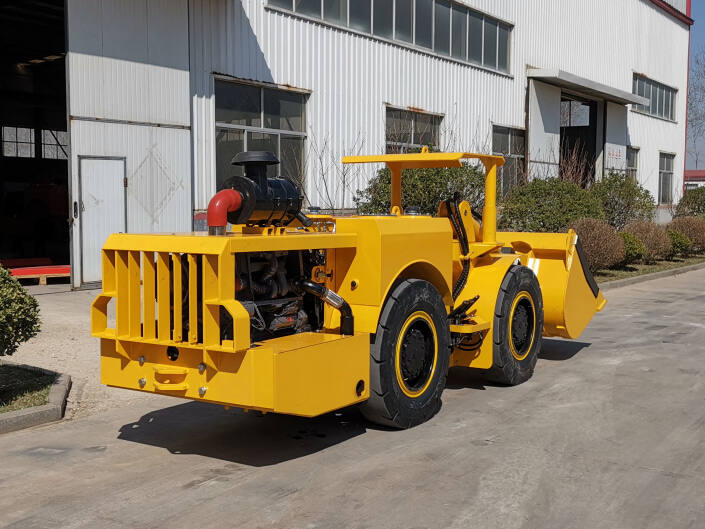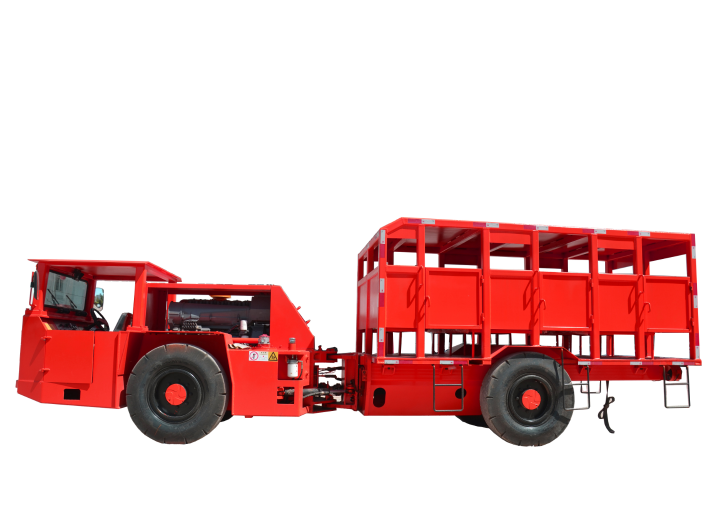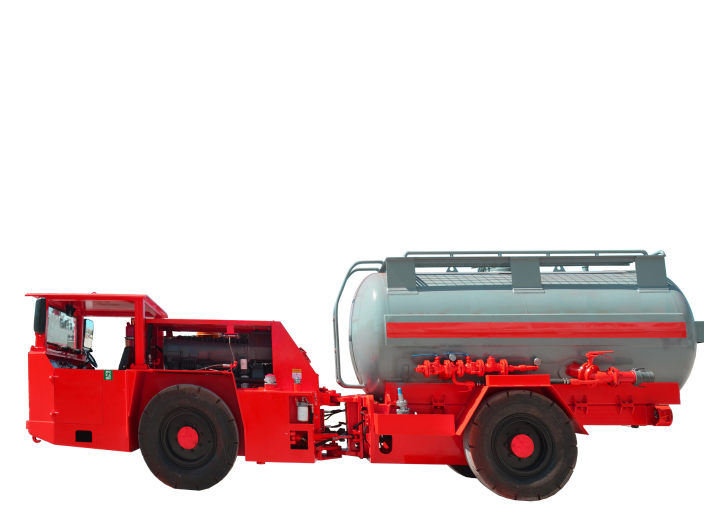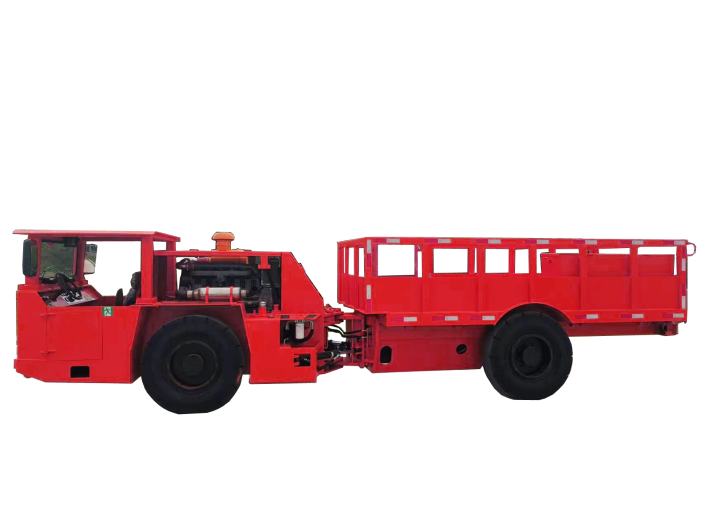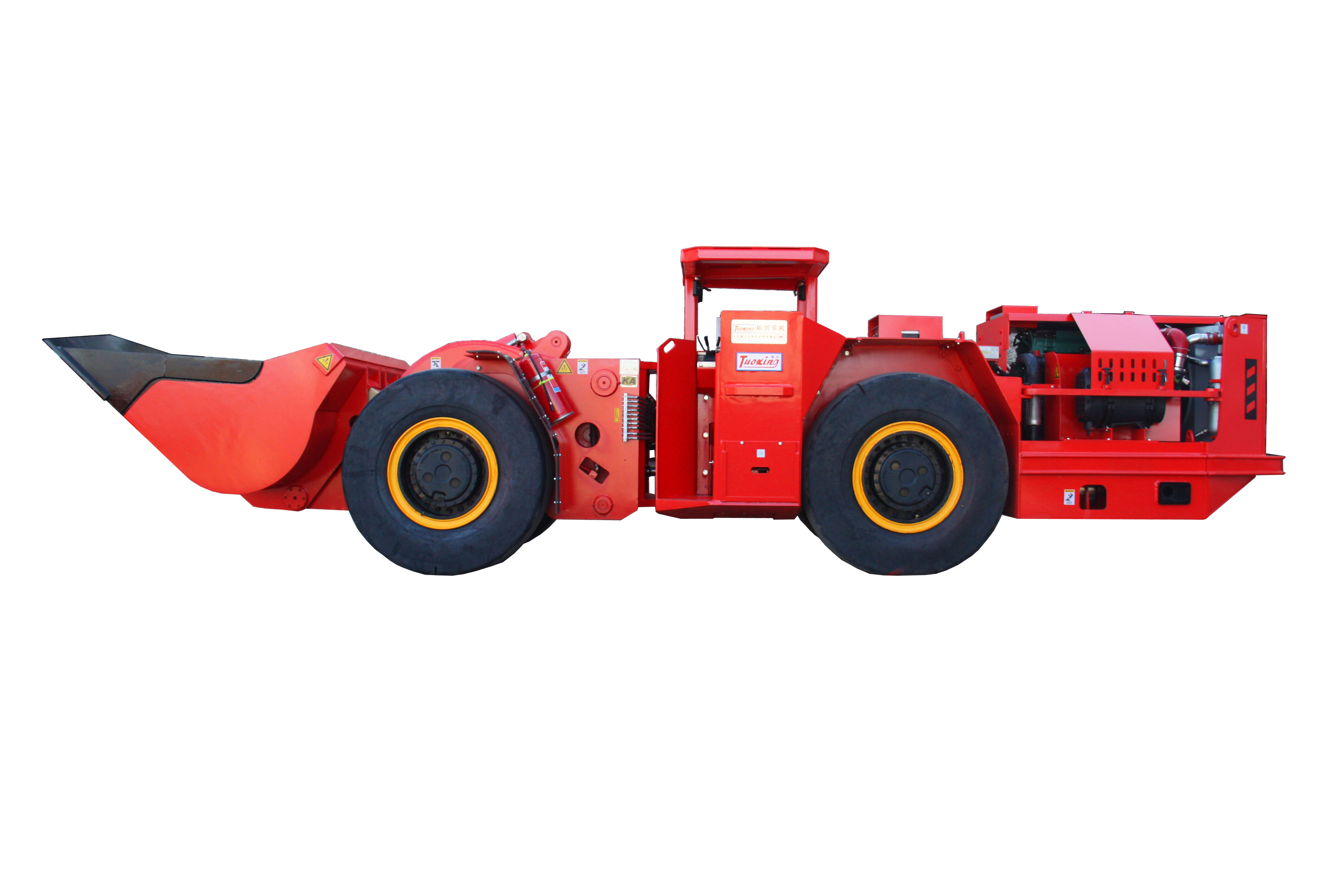types of underground mines
Underground mines represent sophisticated engineering marvels that enable access to valuable mineral deposits beneath the Earth's surface. The main types include shaft mines, slope mines, drift mines, and solution mines, each designed for specific geological conditions. Shaft mines feature vertical tunnels that extend deep into the ground, utilizing advanced hoisting systems to transport workers and materials. Slope mines access deposits through inclined tunnels, making them ideal for minerals located in hillsides. Drift mines are horizontal passages that follow ore seams in mountainous terrain. Solution mines employ liquid solvents to extract minerals through wells. These operations incorporate cutting-edge technologies such as automated drilling systems, ventilation networks, and advanced ground support mechanisms. Modern underground mines utilize digital monitoring systems, remote-controlled equipment, and sophisticated safety protocols. The applications span across various sectors, including coal extraction, metal mining, salt production, and precious stone recovery. Each type employs specific excavation methods, from room-and-pillar to longwall mining, depending on the deposit characteristics and surrounding geology. The integration of smart technologies has revolutionized these operations, enabling safer and more efficient mineral extraction while minimizing environmental impact.

